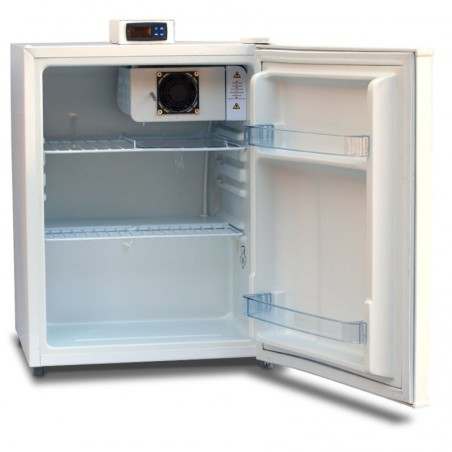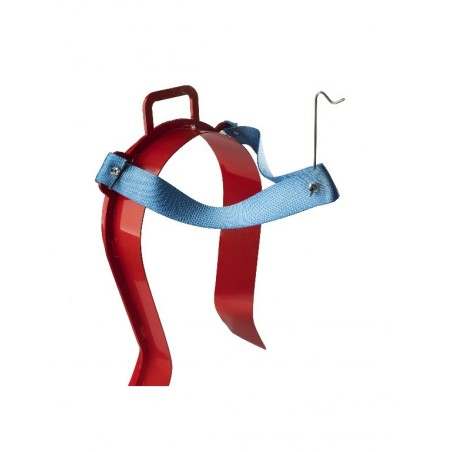In recent decades, new artificial insemination (AI) methods, such as post-cervical AI (PCAI), have been developed in pig. PCAI involves crossing the cervix to deposit the sperm in the uterine body. Although PCAI application in sows is frequent, its application in nulliparous (gilts) females it is still limited due to the difficulty of passing through the cranial part of the cervical lumen. We hypothesized that ageing and parity would modify the cervical canal, facilitating the introduction of AI devices through the cervix. The aim was to compare the morphology of the uterus at different levels between multiparous and nulliparous females.
Morphological analysis of the uterus pointed to a longer cervix (25.9 ± 4.6 vs. 21.6 ± 3.3 cm, p < 0.001) and greater length of the part of the reproductive tract involved in PCAI (from rima vulvae to the last cervical cushion) (56.2 ± 6.0 vs. 50.3 ± 5.2 cm) in multiparous sows compared with nulliparous animals. As regards the structure of the vaginal and uterine parts of the cervix (the part in contact with the vagina and uterine body, respectively), the cross-sectional area, perimeter and total thickness were greater in the uterine part of multiparous than of nulliparous animals (area: 4.07 ± 1.46 vs. 2.46 ± 0.56 cm2; perimeter: 8.50 ± 1.44 cm vs. 6.28 ± 0.92 cm; thickness: 10.79 ± 0.96 vs. 8.35 ± 0.62 mm), but not in the vaginal part. The tissue content analysed in histological cross-sections also showed differences between female groups, a greater content of connective tissue (58.86 ± 10.78 vs. 67.60 ± 13.38%) and a lower amount of muscle fibres (39.79 ± 10.24 vs. 30.66 ± 13.69%) being observed in multiparous sows. Finally, silicone casts of the cervical lumen revealed differences between the two groups in the size and shape of the ridges in the lumen trajectory.

Parity, which is also influenced by ageing, determines important changes in the size, structure and tissue content of the cervix wall, as well as in the morphology of the cervical canal, which may be responsible for the different levels of performance of PCAI in the female populations. Therefore, the future design of AI strategies and catheters should take into consideration the morphological variations of the cervix lumen, which will depend on age and parity of the females.
García-Vázquez FA, Llamas-López PJ, Jacome MA, Sarrias-Gil L, López Albors O. Morphological changes in the porcine cervix: A comparison between nulliparous and multiparous sows with regard to post-cervical artificial insemination. Theriogenology. 2019 Mar 15;127:120-129. doi: 10.1016/j.theriogenology.2019.01.004.







